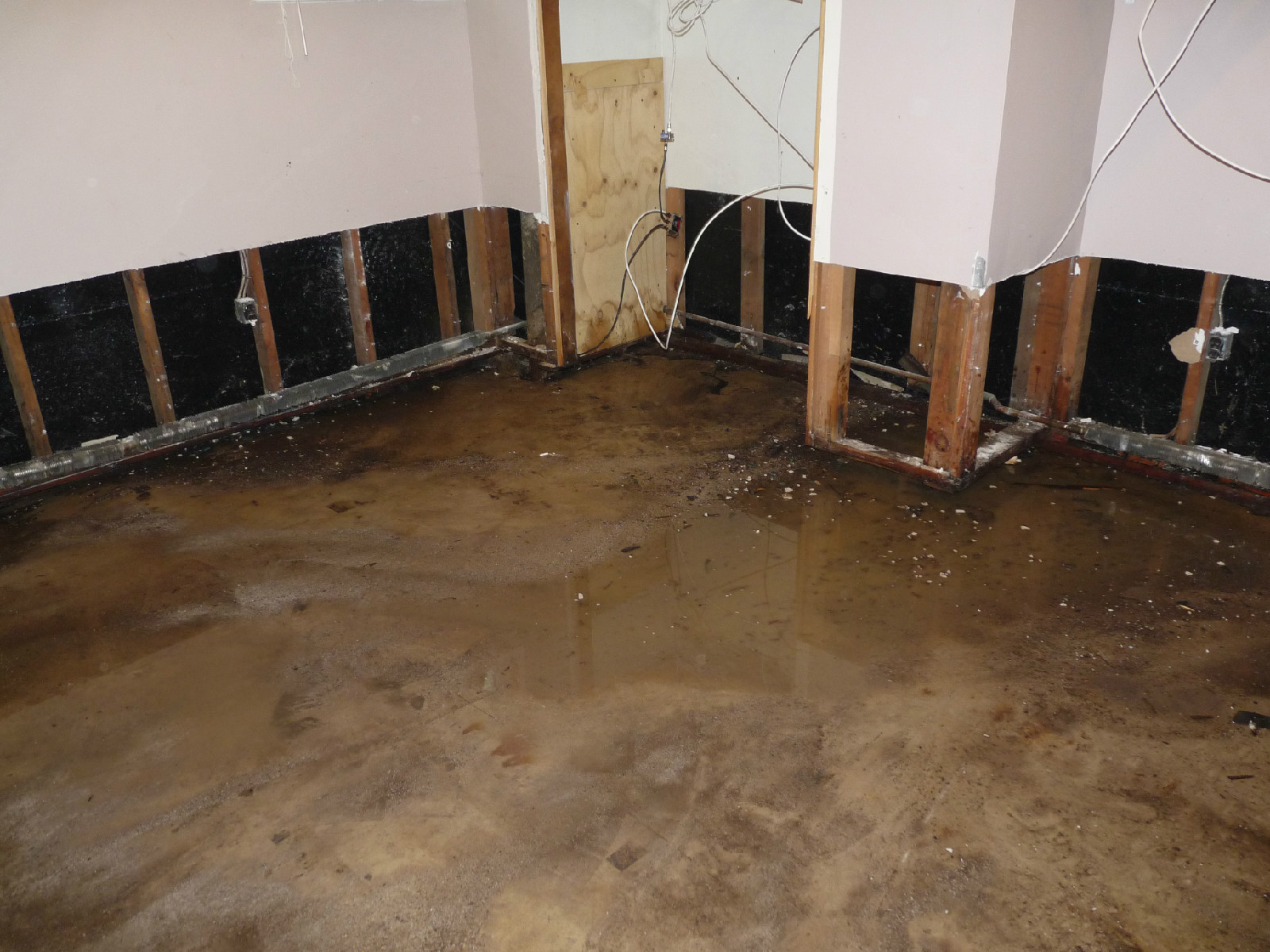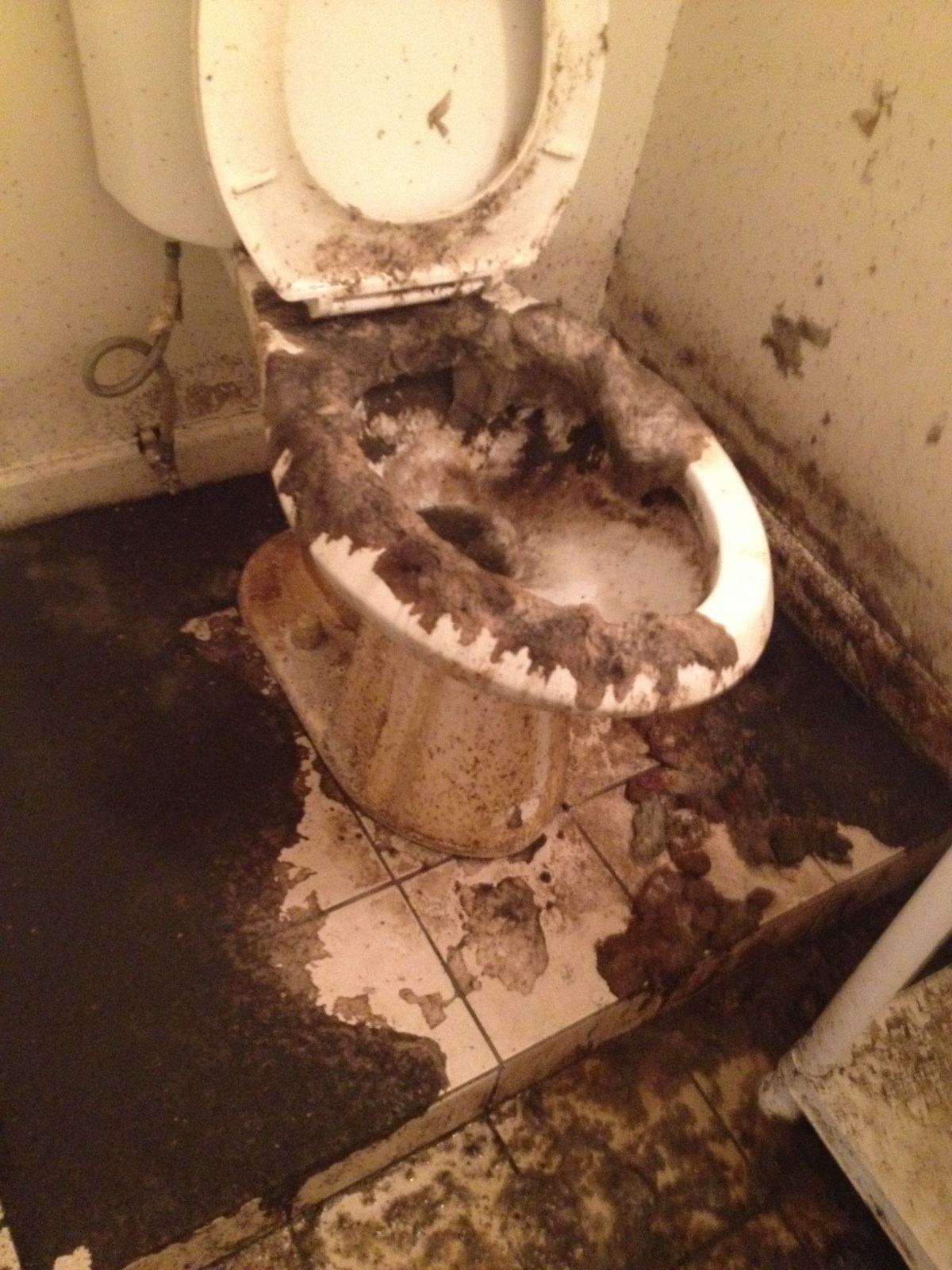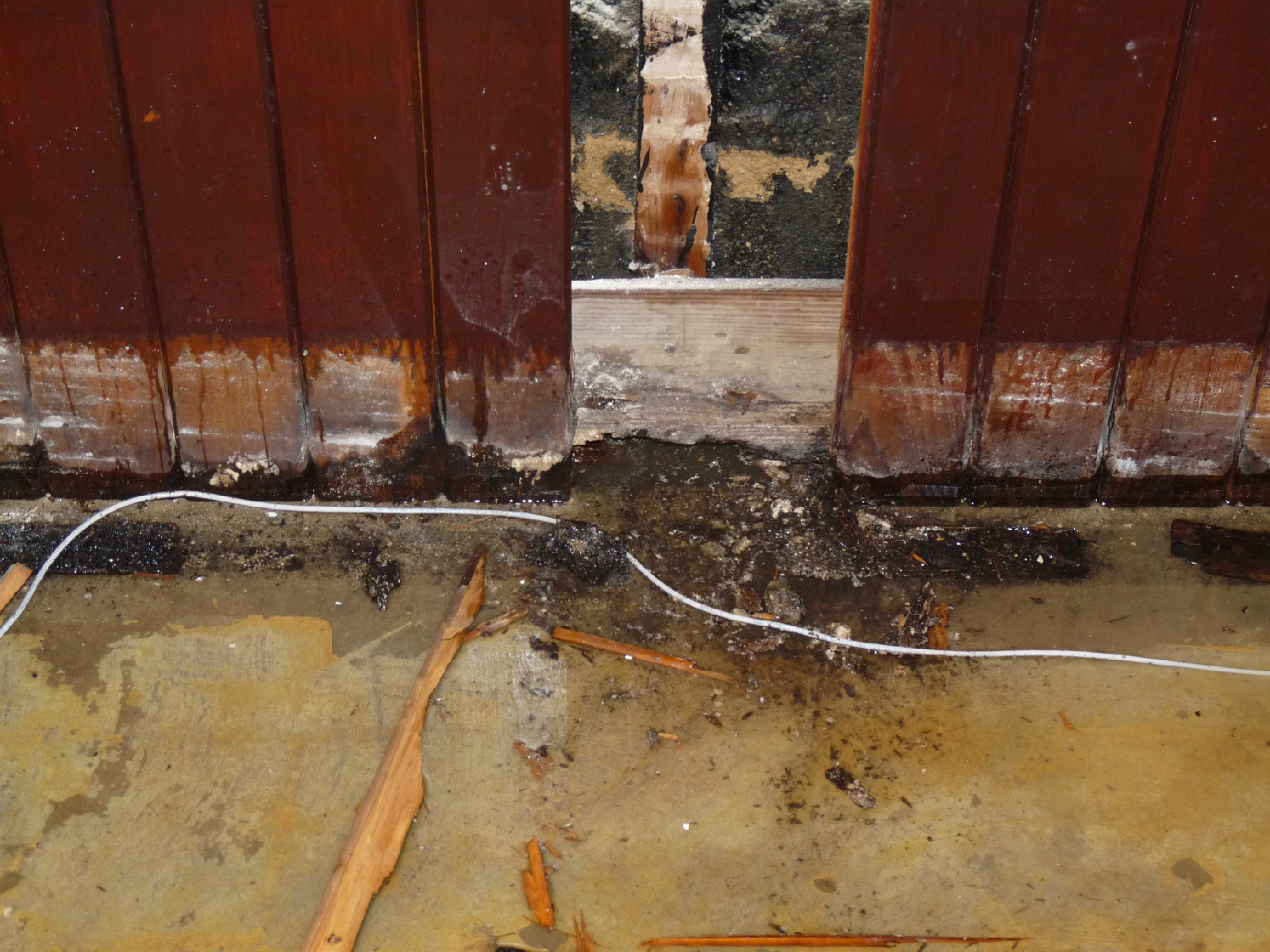Even after a flood subsides, the water damage left behind may not be fully realized. Stepping through the front door, it will be obvious how much power a storm surge can have, but its real threat is often invisible. Overflowing lakes, rivers and drainage ditches are bursting with all kinds of microbes, like harmful bacteria and viruses. These microbes will spread further once inside the home and can cause serious health problems in anyone they come in contact with.
Skilled water restoration technicians focus on a few things when dealing with a flood. Water damage restoration efforts are concentrated on extracting standing liquid, drying out the building, disinfecting the area to remove the pathogenic threat, and restoring the home to its pre-flood state. Extraction is done with a number of specialized vacuums or high powered pumps, depending on how much water is present. The drying process includes the use of air mover fans and dehumidifiers, and is monitored with moisture meters. As the drying process gets underway, the technicians will also inspect the home for any molds and will disinfect everything that has come in contact with the flood water. These disinfectants ensure there are no lingering health risks associated with the building. After the home is thoroughly dried, the technicians will begin the restoration work necessary to get the family back into their home, safe and sound.


